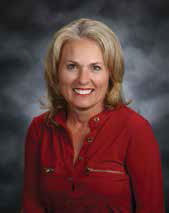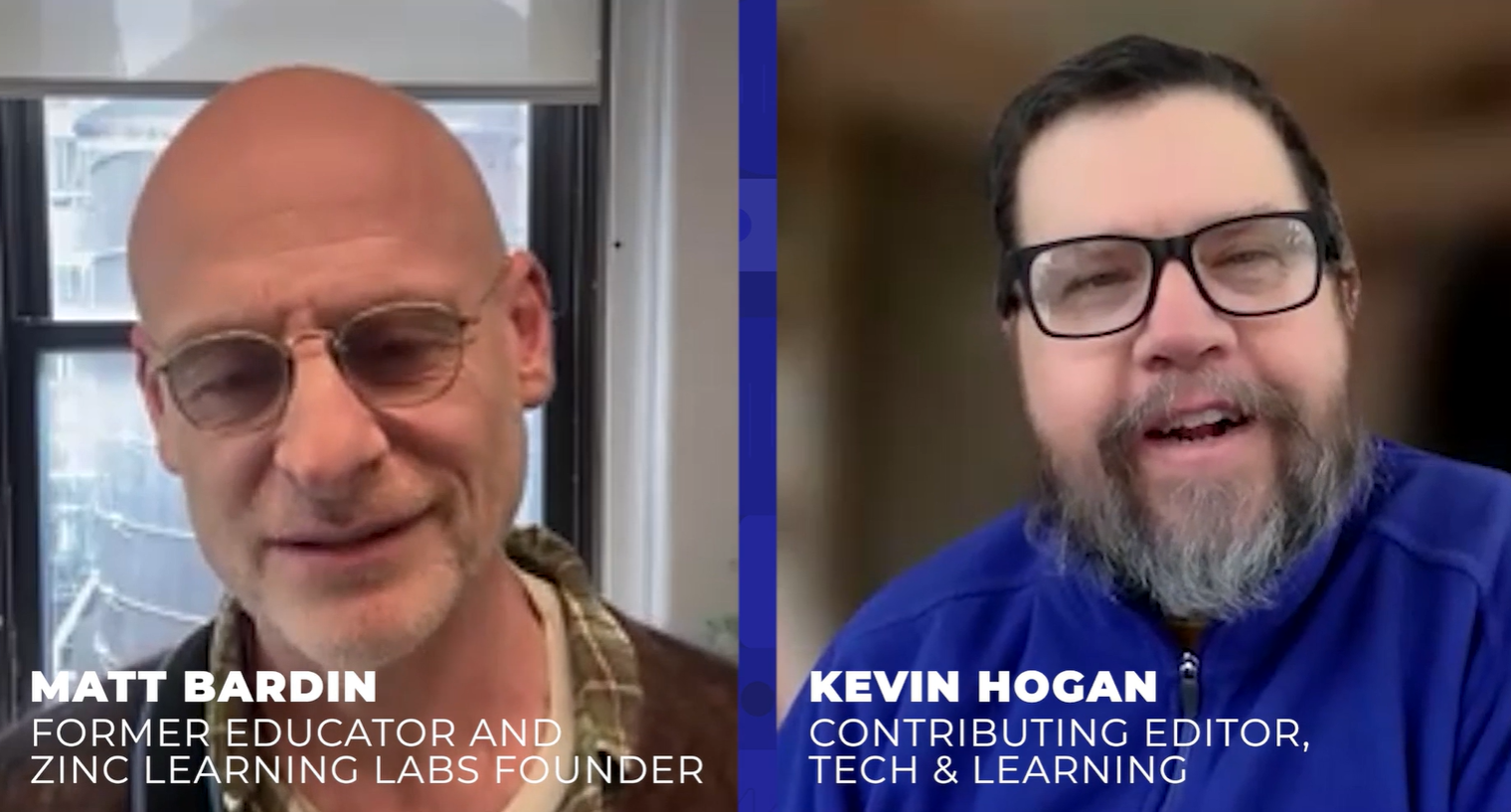TOP 10 FOR PLNS

Most of us are no strangers to Professional Learning Networks (PLNs) and their significant advantages. Those who follow amazing educators and their blogs gain support, resources, ideas, and inspiration. PLNs also enable educators to learn about the latest educational trends, collaborate globally, flatten school walls, and try new ideas. So where can educators go to build their PLNs? Here are 10 approaches to build or expand those networks.
1. Twitter is really the be-all and end-all for building and connecting online, due to the overwhelming amount of free professional development it offers—particularly around the vast array of Twitter chats.
2. Instagram is a great place to gather information, and particularly photos, for learning environments, teaching resources, learning activities, inspirational quotes, and overall cool ideas. Instagram is also a great place to tag and save photos.
3. Similar to Instagram, Pinterest hosts a vast worldwide community of educators who are finding inspiration, resources, professional development, and research articles on a myriad of topics. Using the “pin” feature allows for easy cataloging as you peruse the Internet.
4. LinkedIn is a great platform to connect with educators. I highly recommend that you check out and join a few of the many LinkedIn groups that focus on specific areas of leadership and information sharing. It’s also a great way to explore the bigger picture of learning and student achievement through different national and international perspectives.
5. Are you a member of your professional organization, like the Association for Supervision and Curriculum Development (ASCD), Phi Delta Kappa (PDK), or one of your state’s professional organizations for educators? Each has resources to share and online groups for continuing conversations, especially after conferences and trainings.
6. Edweb.netoffers a plethora of specialized communities for educators to engage in focused learning and collaboration. Is STEM your thing? What about mobile learning, the brain and learning, or early learning book chats? Edweb.net has something for you.
Tools and ideas to transform education. Sign up below.

7. For those of you on Facebook, following professional groups or websites with a Facebook presence, such as Edutopia, allows you to use an existing platform to continue the learning.
8. Connected Learning STL (connectedlearningstl.org) is a nonprofit that connects like-minded leaders. What’s unique about the site is that it connects educators worldwide to take risks, learn, and think differently about how we deliver educational programs to students.
9. Have you considered an alumni group from your university? Most colleges and universities have groups to connect fellow educators who are also graduates of the credentialing or advanced degree programs where you learned. You can tap into these groups where you’ll find common ground on which to build further connections
10. While Flipgrid isn’t a place to connect, it is a video discussion platform that’s an ideal communication tool for collaborating with your PLN once it’s established.
Building a community of learners with whom you connect and collaborate doesn’t happen overnight. The best tip is to start slowly and find what works best for your learning style. This helps build your own capacity as you continue to deepen and broaden your use of technology and connect with the village that will help you learn and thrive.
Lisa Gonzales is the assistant superintendent of educational services in the Dublin (CA) Unified School District and president of the Association of California School Administrators. She was selected by the US Department of Education and President Obama as a #FutureReady Superintendent.
Dr. Lisa Gonzales is Chief Business Officer in the Mt Diablo Unified School District in California and ACSA’s 2022 Business Leader of the Year.
